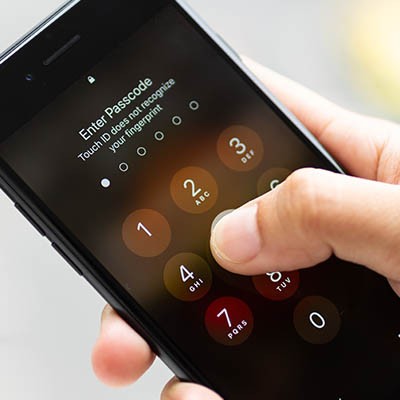Nowadays, the average business leans pretty heavily on mobile devices to some degree, particularly as they make business productivity—and thereby, competitiveness—more easily attainable. However, this also makes it essential that a business using mobile devices has a means of managing them effectively.
Let’s explore the concept of mobile device management, and discuss some ways that your business can take advantage of it.




















